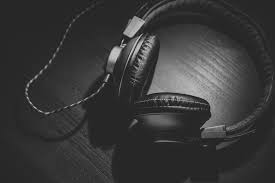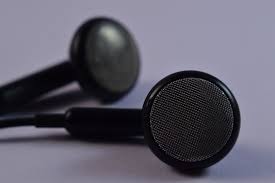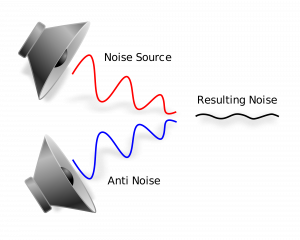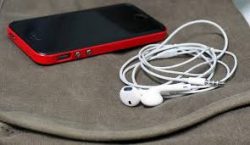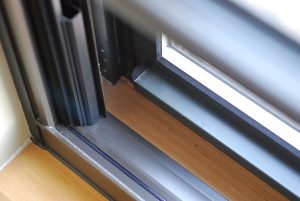After you have decided between earbuds and headphones the next step should be fairly obvious, decide what is in your price range.
1. Evaluating the sound isolation feature of the headphone: Isolating the sound means how much music can be heard without any exterior noise. It is very irritating to increase the volume just to override the sound of traffic. This feature also helps in saving battery life by preventing useless increase in sound just to hear properly.
The best types of earphones which block sound are in ear headphones and earbuds. The huge headphones worn by DJs also provide the same effect by creating a sealed cover around the ear.
While buying the huge DJ type headphones, make sure to see whether they have a closed or open back. The open ones sound more natural, but people will hear the music and you will also hear exterior noise. These kind of headphones work well in home where you have a quiet atmosphere. On the other had closed headphones are better at isolating noise and make the music sound better. The bad point is that they are a bit uncomfortable. Many people like the closed ones because of a strong bass effect and their ability to isolate sound, while some prefer the open backed one for their natural sound.
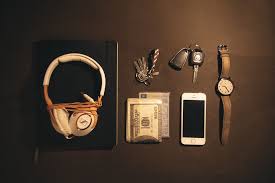
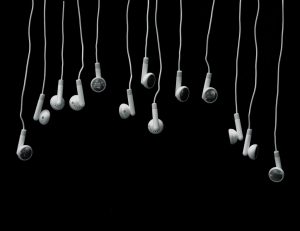
2. Check the frequency range. The wider the frequency range, the more you can hear. Usually 10Hz to 25,000 Hz will be recommended.
Also it’s important to see the sound curve, response curve of frequency, sound signature or whatever it is called. The higher the lower end on the graph, the more bass you will experience. This is not an indication that the bass will be precise or good. Example: Beats headphones are known to have a very strong bass but the bass is considered to be very heavy and boomy without any precision.
Most headphones which fall under $100 will have a U shaped curve, which means their mid range is cut. They will sound very good to the ears in the beginning but you won’t be able to distinguish between other layers of music. One the other hand flat response headphones don’t have any range and all layers can be equally heard. If a person is used to U curves, then they won’t enjoy flat response headphones and consider them quite boring.
3. Only if you are willing to pay a good amount of money, consider noise cancellation feature. This will cost you above 250$ if you want a good one. Noise cancellation is not considered value for money as lot of times the music also gets cancelled, and thus you will be forced to turn up the volume. There are few brands which provide noise reduction. They are Etymotic or Bose. These brands have spongy earplugs which fill the ear canal and prevent exterior sound leaks inside. You can use cheap over-ear protectors over the ear buds to cancel most ambient noise. If you are very choosy and fussy about it, then you can even consider low costing noise cancellation earphones from brands like Panasonic. They cost about 50$.
4. Do not ever forget to test them before buying. The best way to know the features and sound of the headphones is to test them out. If your friend owns one, try them out or go to a store which will allow you to try them. Keep some money in hand, about 200$ and walk into an electronic store which has a 30 day return policy. Before trying on any headphone, make sure you remove the earwax from the headphones or earbuds.
5. An important thing to check is the impedance of the headphones. If you want to listen to the best sound, match the impedance of your headphone to your audio device. Measured in ohms, if it does not match, then you will have to turn up the volumes more that the one of a matched pair.
6. The last step is to use your own ears to analyze. You are the one who is going to use the headphones everyday and it is very important to be comfortable with it. There might be cheap earphones which sound similar to a costly one. Go for the cheap one in that case. The sound quality does not change with the price. Remember to keep in mind the build quality of the headphones. Are they going to last for long? Is price really a concern if they are much cheaper?

